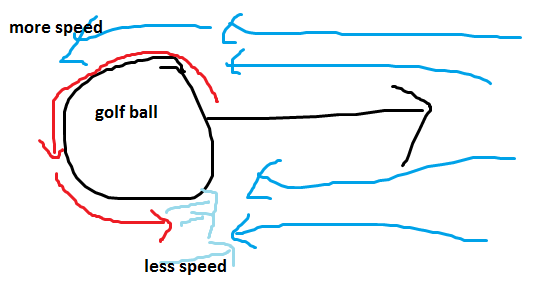Ok, I didn't want to do this--but I'll put the darn question.
In aerodynamic design, reducing the coefficient of friction is critical to drag. Most of the time that means eliminating turbulent flow. yet pure laminar flow is not ideal. Which of the following is not a reason that a golf ball flies better w/ asymmetric dimples laid in an isometric pattern?
A. It reduces overall profile (cross-sectional area of the ball.)
B. Turbulent flow from the dimples can actually lift the ball if it spinning.
C. Asymmetric dimples raise turbulent flow.
D. Isometric patterns raise laminar flow.
Answer in white:
D
C & D I understand, but what is A & B saying!!?
Edit: MedPr, You golf?! I was actually going to PM you this question, but then decided against 'cause I thought it be random...Not knowing this is your niche



